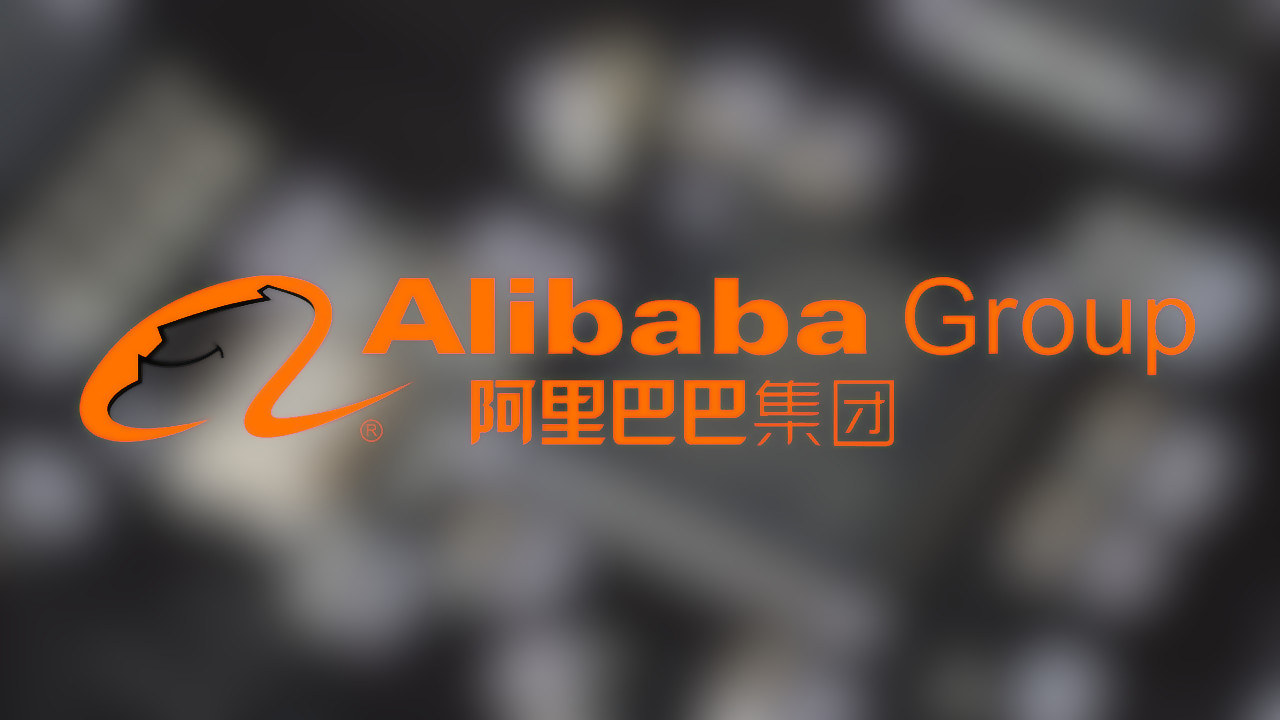Alibaba, via the Pingtouge (T-Head) division of its DAMO Academy, has announced what it claims is the world’s most powerful processor based on the open RISC-V instruction set architecture (ISA): a 16-core 2.5GHz design built on a 12nm process node, dubbed the CoreXuanTie910 or XT910.
“The breakthrough is more than a mere performance enhancement of RISC-V processors. It means more IoT areas that require high-performance computing such as 5G, AI, networking, gateway, self-driving automobile, and edge server can now be powered by this latest RISC-V processor, which was previously used for simple embedded devices like smart-home appliances,” claims Jianyi Meng, senior director at Alibaba Group and lead developer on XT910, of his company’s new design. “We are excited about this new development and the exciting future that it unfolds for the RISC-V community.”
“We are truly fascinated by the important milestone that Alibaba’s RISC-V processor has created,” adds Calista Redmond, chief executive of the RISC-V Foundation. “We believe many chip developers can benefit from this technology breakthrough, which also helps accelerate the growth of the RISC-V community now that more IoT areas can be explored. I believe the RISC-V community, especially the community in Asia, will be on a much faster growth trajectory in the years ahead.
The XT910 is a 16-core 2.5GHz RV64GCV design on a 12nm process node with an additional 50 extended instructions designed to improve performance for arithmetic operations, memory access, and maintenance of cache and buffers. The source code for an XT910 simulator and emulator will be released in September, Meng confirms, though the company has not yet stated under what licence it will be made available – and neither has it said whether the part will be used wholly internally or if it plans to offer it as a commercial product.
“By sharing the simulation and emulation code, we hope to provide global developers with access to the high-performance processor so they can leverage the technology to develop prototypes for their own chips,” says Meng. “As a result, more innovation in IoT and AI fields can be created. That is aligned with Alibaba DAMO Academy’s mission of making technology more inclusive, open and accessible.”
The chip announcement is notable for the short timescale of its development: T-Head was founded less than a year ago, with the September release of the simulator and emulator code timed to celebrate its first birthday. Alibaba itself, meanwhile, has announced it is joining the CHIPS Alliance industry group, alongside its existing membership of the RISC-V Foundation.
